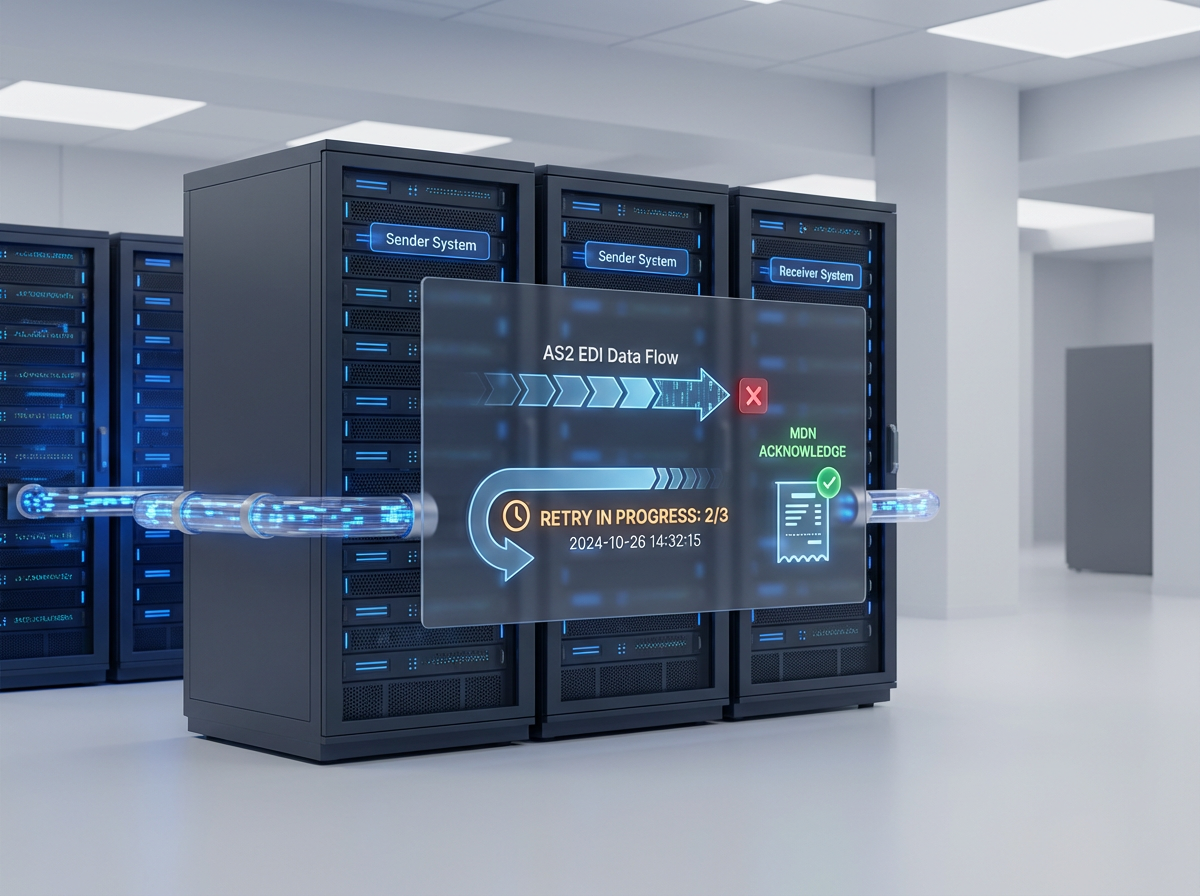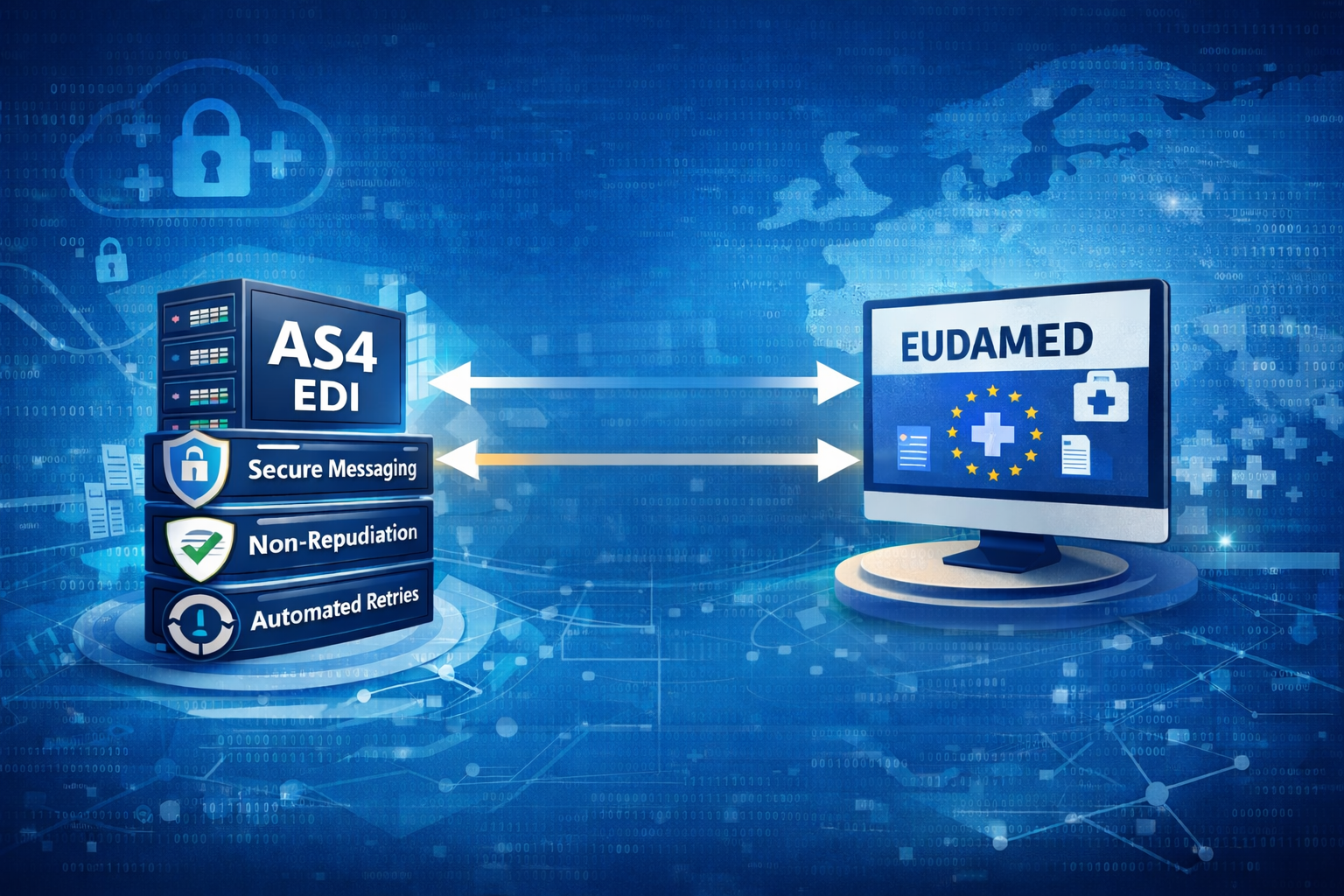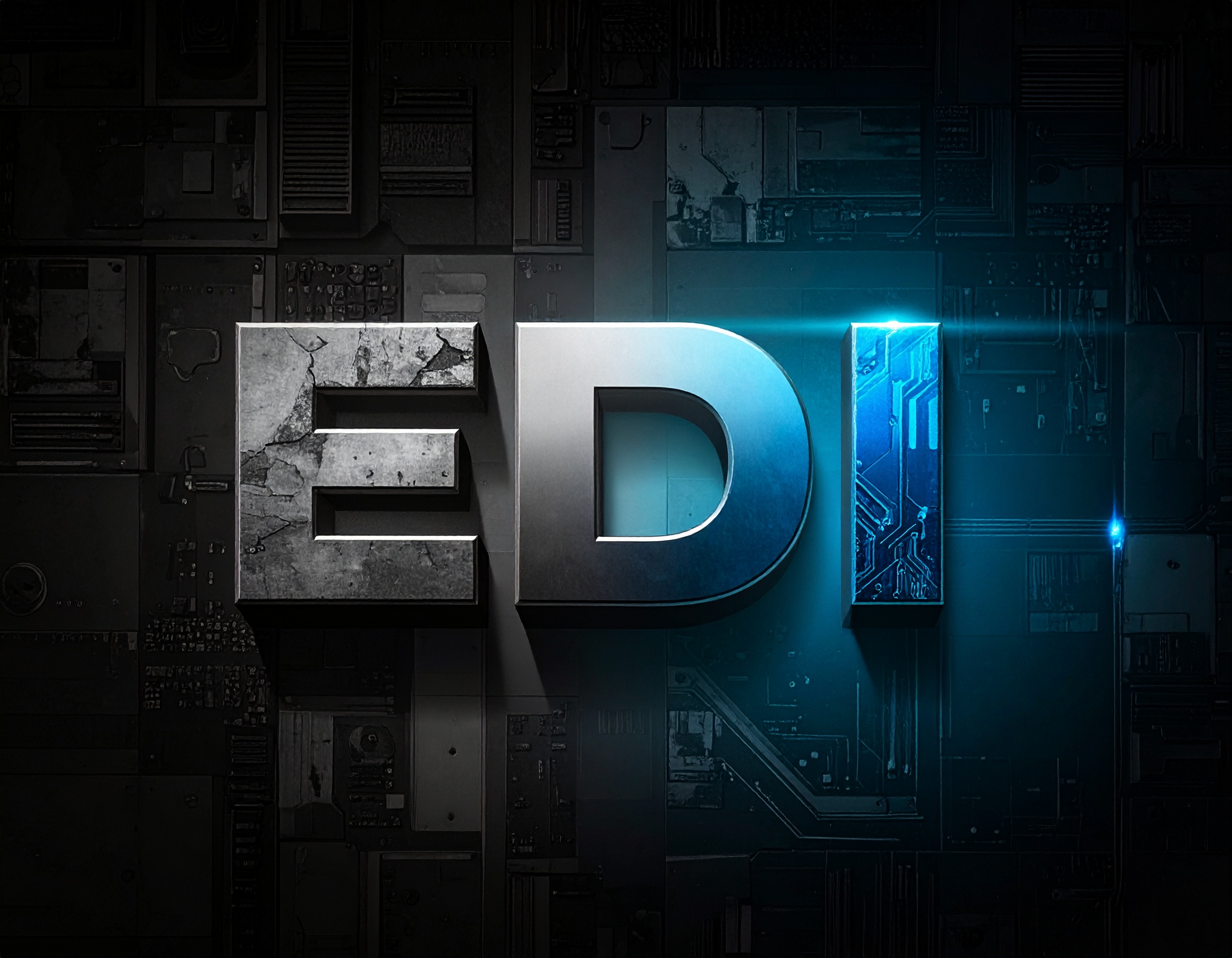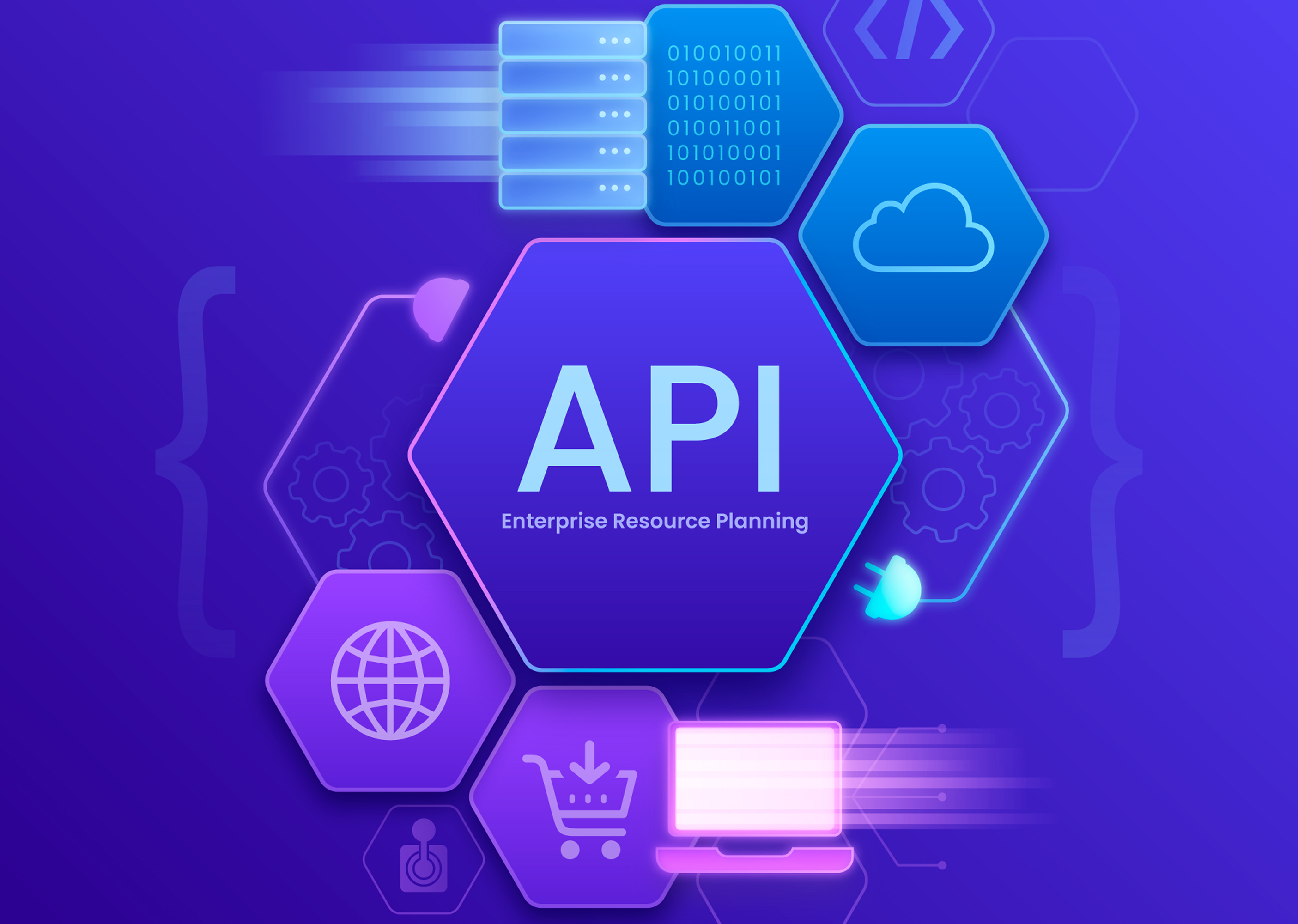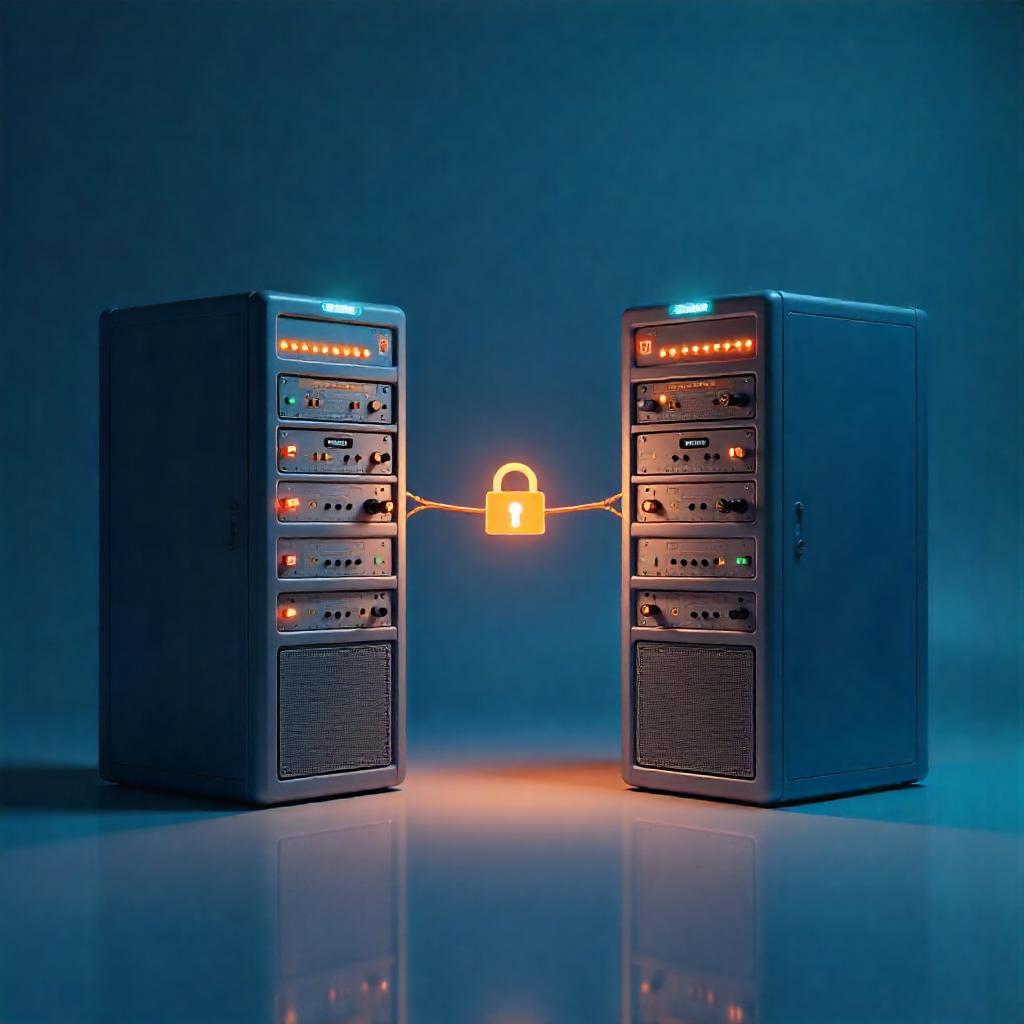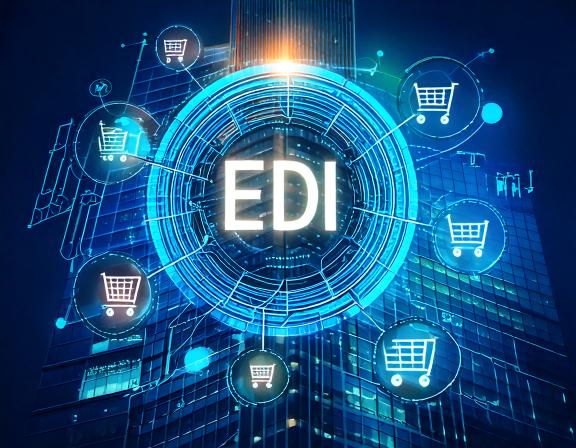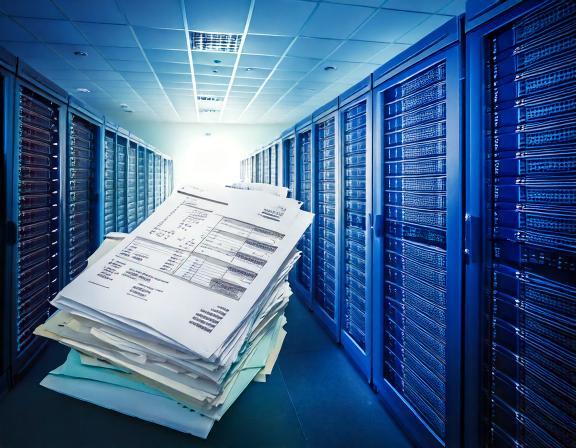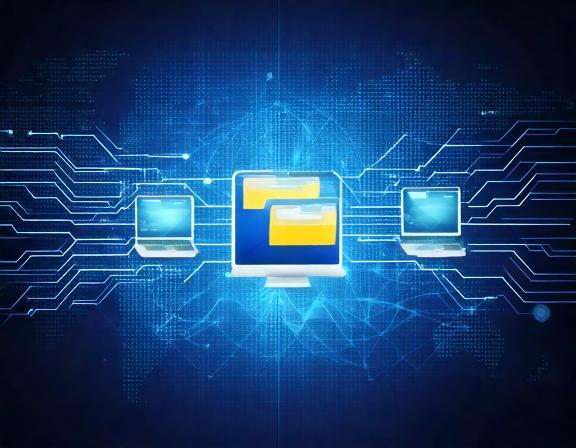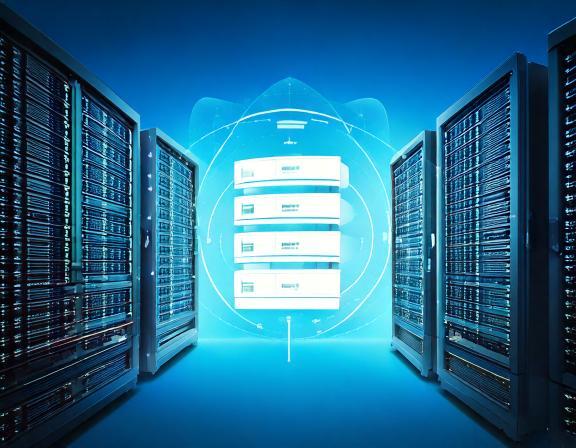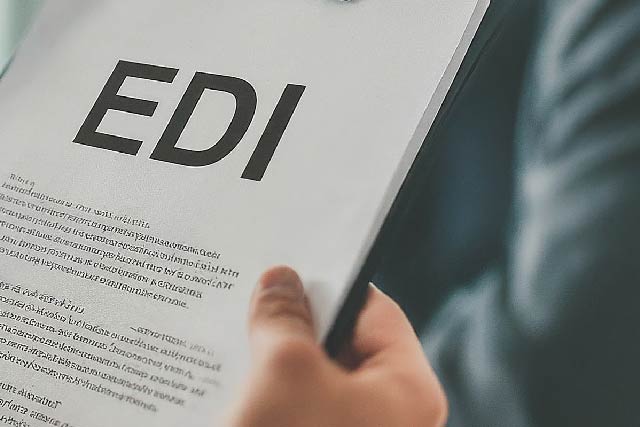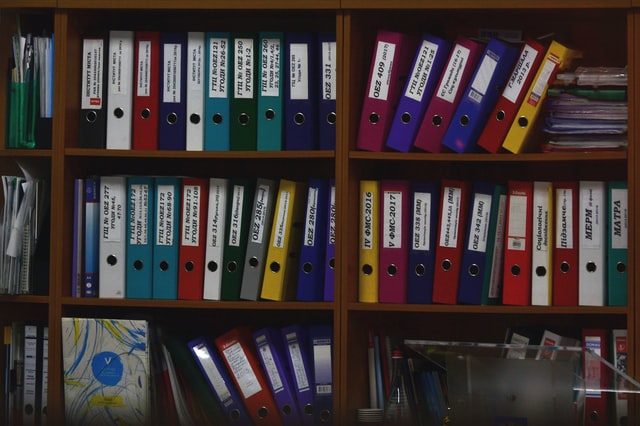MFT Gateway is a hosted Software as a Service (SaaS) solution that enables file exchange over the AS2 or SFTP protocol, without the need to install or maintain.
- Blog
- X12 vs. EDIFACT: What is the Difference?
EDI
X12 vs. EDIFACT: What is the Difference?
Discover the key differences between ANSI X12 and EDIFACT EDI standards, including their origins, structures, and use cases for B2B transactions.

Kumudika Rupasinghe
Published: 23 Oct 2024
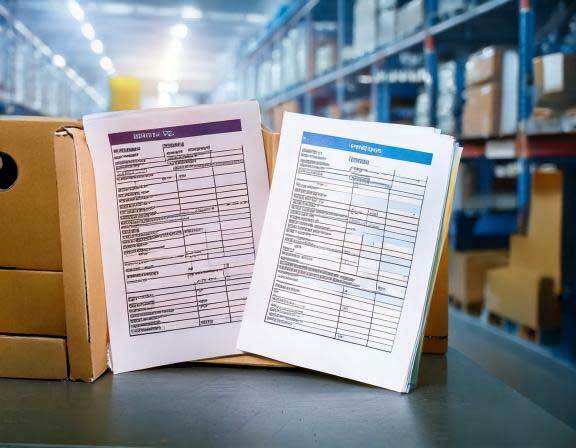
Electronic data interchange (EDI) has been one of the most widely used technologies for B2B transactions for decades. ANSI X12 (American National Standards Institute X12) and EDIFACT (Electronic Data Interchange for Administration, Commerce, and Transport) are two of the most prominent EDI standards. These standards facilitate the smooth exchange of structured data, such as purchase orders and invoices between trading partners. Even though both X12 and EDIFACT are used to automate electronic communication between different companies, there are key differences in their evolution, structure, and use cases. In this article, let’s discuss how these standards are different from each other.
Key Differences Between X12 and EDIFACT
Origin
When discussing the differences between X12 and EDIFACT, it is important to understand their origin and why they were created.
-
ANSI X12
In the late 1970s, X12 was developed by the American National Standards Institute (ANSI) and introduced in the United States to standardize the exchange of electronic business transactions. It was originally designed to support companies in North America involved in industries such as manufacturing, healthcare, and retail. The primary objective of introducing such standards for electronically exchanging documents like purchase orders is to ensure consistency and compatibility in the U.S. business environment.
-
EDIFACT
EDIFACT was designed by the United Nations (UN) in the 1980s as a global EDI standard. The UN created a set of international standards that could be used across various countries and industries. EDIFACT was specifically developed for international business communication, facilitating the needs of multinational corporations and international trade.
Structure
The fundamental difference between X12 and EDIFACT are the structure and the syntax.
-
ANSI X12
X12 has a particular format based on U.S. standards. The key components of an X12 message are as follows.
-
Segments: These are groups of data elements that logically relate to one another, with each segment representing a single data item, such as an address or a price. Each segment begins with a segment identifier (e.g., “ISA” for Interchange Control Header, and “PO1” for a line item in a purchase order).
-
Elements: Represent specific pieces of information. For example, a PO1 segment in a purchase order may have elements such as the item number, quantity, and unit price.
-
Delimiters: The elements within a segment are separated by delimiters (usually an asterisk, “*”), and the segments are terminated with another delimiter, typically a tilde (“~”).
-
Transaction Sets: A complete X12 message consists of a transaction set (e.g., a purchase order) made up of multiple segments.
Example ANSI X12 Purchase Order
ISA*00* *00* *ZZ*SENDERID *ZZ*RECEIVERID *240930*1430*U*00401*000000001*0*P*>~
GS*PO*SENDERID*RECEIVERID*20240930*1430*1*X*004010~
ST*850*0001~
BEG*00*SA*PO1234567**20230912~
N1*BY*BUYER NAME*92*BUYERID~
N1*ST*SHIP TO NAME*92*SHIPTOID~
PO1*1*100*EA*10.00**IN*123456789~
CTT*1~
SE*7*0001~
GE*1*1~
IEA*1*000000001~
-
EDIFACT
Since EDIFACT is a global standard, it has a more flexible structure. The key components of an X12 message are as follows.
-
Segments: EDIFACT messages also have segments, but usually the segments are shorter and have a different naming convention. For example, an EDIFACT segment might be labeled “UNH” for a message header, or “LIN” for a line item.
-
Elements and Components: EDIFACT segments may have elements that can be subdivided into components. For example, a single data element within a segment may be further broken down into multiple components to provide more detailed information.
-
Delimiters: EDIFACT also uses delimiters to separate elements and segments, but EDIFACT messages use a plus sign (“+”) to separate elements, and a colon (“:”) to separate components within an element. A single quotation mark (“ ‘ “) is used to terminate a segment.
-
Messages: A complete EDIFACT transaction is called a “message” rather than a “transaction set,” and like X12, it is composed of multiple segments.
Example EDIFACT Purchase Order
UNA:+.? '
UNB+UNOA:1+SENDERID+RECEIVERID+230912:1430+97496810'
UNH+1+ORDERS:91:2:UN'
BGM+220+PO1234567+9'
DTM+137:20240930:102'
NAD+BY+BUYERID::16'
NAD+SU+SUPPLIERID::16'
LIN+1++2000007681:SRV'
QTY+12:100'
UNS+S'
CNT+2:1'
UNT+9+1'
UNZ+1+97496810'
Geographical Use and Industry Adoption
-
ANSI X12
X12 is primarily used in North America, particularly in the United States and Canada. Industries such as retail, healthcare, logistics, and manufacturing in these regions often rely on X12 for exchanging business documents. For example, in the U.S. healthcare sector, X12 standards are widely used for insurance claims and other administrative transactions under the Health Insurance Portability and Accountability Act (HIPAA).
-
EDIFACT
EDIFACT is the dominant EDI standard in Europe and much of the rest of the world. It is widely used for international trade and transportation, particularly by multinational corporations that do business across multiple countries. EDIFACT’s global orientation makes it more suitable for companies that need to exchange documents with partners in different countries, as it accommodates various languages, currencies, and business practices.
-
Cross-Industry Application
Both standards are used across industries, but their adoption often depends on regional preferences and the specific industry needs. For example, the automotive industry in Europe may use EDIFACT, while its counterpart in the U.S. uses X12. However, global companies with operations in both regions may need to support both standards to facilitate seamless communication with their partners.
Flexibility and Extensibility
-
ANSI X12
X12 is known for its relatively fixed structure. Its strict format ensures consistency and predictability in business communications, but it can make customization and extension more difficult. X12 tends to be more prescriptive in terms of what data can be included and how it must be formatted.
-
EDIFACT
EDIFACT being a global standard, it was designed to be more flexible. It allows for greater customization, enabling businesses to modify their messages to meet specific needs while still adhering to the overall structure. This flexibility makes EDIFACT a better choice for companies that need to accommodate a wide range of business practices, languages, and regulatory environments.
Conclusion
ANSI X12 and EDIFACT are important standards for electronic data interchange and they differ significantly in several areas such as structure, regional adoption, flexibility, and governance. Businesses operating on a global scale often need to support both standards to ensure seamless communication with their trading partners across different regions and industries.

Talk to an EDI Expert
Join hundreds of organizations already taking full control of their B2B AS2 communications with our trusted solutions. Contact us today to tailor a solution that fits your specific AS2 EDI needs.
Related Articles
View All BlogsExplore our product stack
Try before you buy with a 30-day Free Trial
No commitment, all value. Try the AS2 Solution Risk-Free and discover how our solutions can transform your business workflows. No credit card required.
Explore Your Possibilities
Elevate AS2 Communications with our EDI and AS2 Solutions
See how our AS2 and EDI solutions can simplify your integrations, boost efficiency, and keep you compliant—request a personalized demo today.

